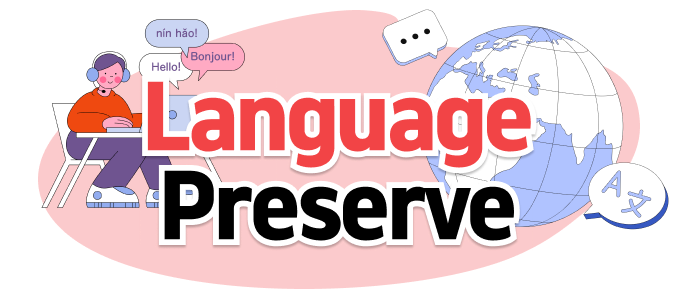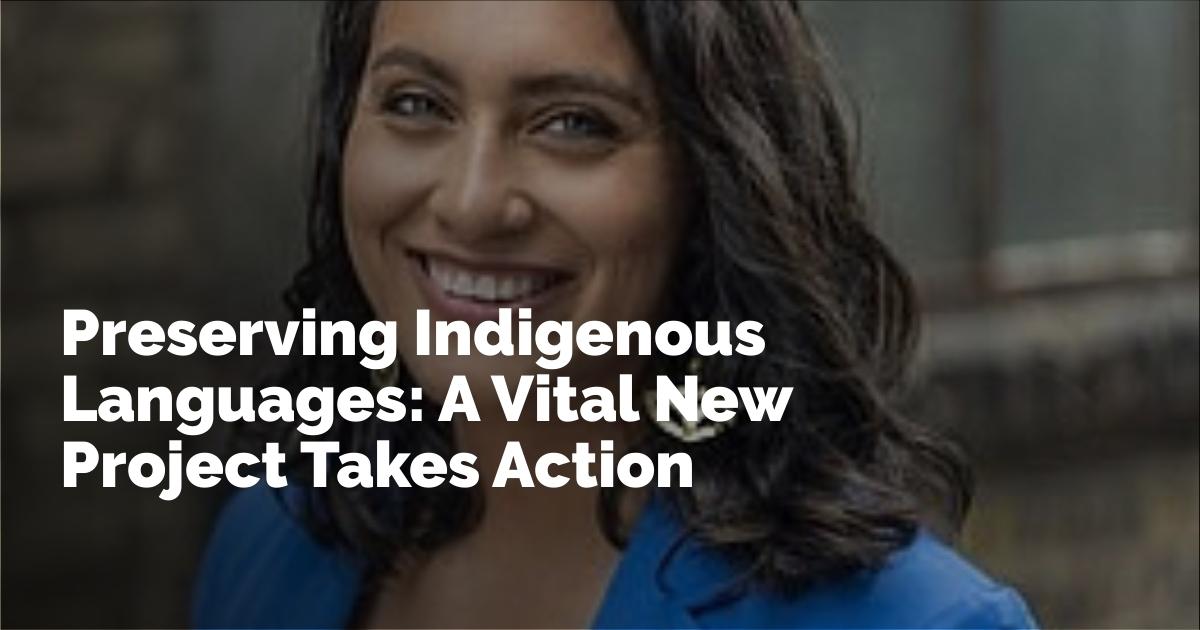Project Aims to Preserve Endangered Indigenous Languages
A groundbreaking initiative has been launched with the goal of preserving the endangered languages and traditional communication methods of the Navajo and Lakota communities. Receiving a grant of $449,877 from the National Endowment for the Humanities and the National Science Foundation, the project reflects a significant step in combating the decline of indigenous languages and safeguarding cultural knowledge. Titled "Documenting Diné and Lakota Ways of Communicating through Community-Driven, Collaborative Tribal Organization-University Partnerships," the project brings together the Phoenix Indian Center, the Thunder Valley Community Development Corporation, and the Institute for Indigenous Knowledge at Indiana University Bloomington.
Exploring Traditional Ways of Communication in Endangered Languages
The project's primary objective is to document the traditional communication methods, or Ways of Communicating (WoC), within the Navajo and Lakota communities. By employing digital audiovisual recordings, the initiative aims to capture the natural use of these languages, acknowledging them as processes that are deeply embedded in the communities' social and cultural contexts. Language is viewed not merely as a collection of grammar rules and vocabulary but as a dynamic cultural expression. Through documentation, the project will contribute to ongoing language revitalization efforts, offering vital resources for both communities and scholars.
Reflecting on the importance of this endeavor, Emmy Her Many Horses, a project co-principal investigator (Co-PI) and the Lakota Language and Education Initiative Director at the Thunder Valley Community Development Corporation, emphasized the urgency of understanding every nuance of communication in their languages. With the recent loss of many first-language speakers in these communities, the project is seen as a key element in ensuring the survival and growth of linguistic heritage.
The project is not only about preserving languages but also about honoring cultural legacies and fostering future connections. Jolyana Begay-Kroupa, another Co-PI and the Chief Executive Officer of the Phoenix Indian Center, emphasized the project's potential to empower coming generations, allowing them to connect with their roots and contribute to a more diverse and inclusive society. The project underscores the vitality of each indigenous language, highlighting the unique perspectives and traditions they bring to the global human experience.
Building Community Capacity for Linguistic Research
At the heart of the project is a commitment to building research capacity within the Navajo and Lakota communities. Dr. Richard Henne-Ochoa, the Principal Investigator (PI) and Director of IU's Institute for Indigenous Knowledge, noted that the project has been designed to align with a paradigm of decolonizing and indigenizing research. This approach is crucial not only to the project itself but also to the broader mission of the Institute and the Center for the Documentation and Revitalization of Indigenous Languages. By enabling communities to conduct their research, the project aims to shift the power dynamics historically associated with academic study.
The initiative seeks to adhere to the guidelines set forth by UNESCO in its 2020 statement "Making a Decade of Action for Indigenous Languages." Through an interdisciplinary approach, the project aims to increase indigenous involvement and empower the communities involved. Central to this collaborative effort are the Diné and Lakota language teams, which include community language specialists, interns, and videographers. These teams will receive comprehensive training in language documentation through workshops and will engage in continuous learning and support activities with project leaders and consultants.
Documenting Language Use and Creating Taxonomies
Central to the project is the task of recording and archiving digital audiovisual materials that capture Navajo and Lakota language use. Alongside these recordings, the project will conduct interviews and organize listening sessions with community members. These efforts aim to gain insights into the cultural and linguistic nuances of traditional communication practices that exist within these communities.
In addition to documentation, the project seeks to analyze the gathered data to create preliminary classifications, known as taxonomies, of traditional communication methods. These taxonomies will serve as a model for future analysis and will assist other researchers in documenting WoC in different linguistic communities. The unique approach of the project, with a focus on language socialization within its cultural contexts, paves the way for expanding research in communities experiencing language shifts and losses.
Promoting Community-Driven Language Preservation Models
A distinctive feature of the project is its intention to foster a community-driven model for documenting language and cultural practices. This model not only aims to preserve traditional communication methods but also supports language revitalization initiatives. By steering the project to include community-led perspectives rather than academic or institutional ones, the initiative ensures that all efforts align with the needs and aspirations of the communities involved.
Teaching Future Generations and Preserving Cultural Contexts
Importantly, the digital recordings and detailed taxonomies developed through the project will serve as educational tools for new generations of Navajo and Lakota speakers. By reinforcing the connection between linguistic expressions and their cultural contexts, the project empowers community-led language revitalization efforts. The documentation created will be invaluable in teaching younger community members how to use their languages in culturally significant ways.
A Milestone in Preserving Navajo and Lakota Linguistic Heritage
This initiative represents a major stride in preserving the linguistic and cultural heritage of the Navajo and Lakota communities. By documenting and understanding their traditional ways of communicating, the project ensures that these rich linguistic practices will be maintained and celebrated by future generations. Through this collaborative, community-centered effort, the project is not only preserving the past but also building a future where diverse linguistic practices are recognized and valued.
출처 : Original Source

